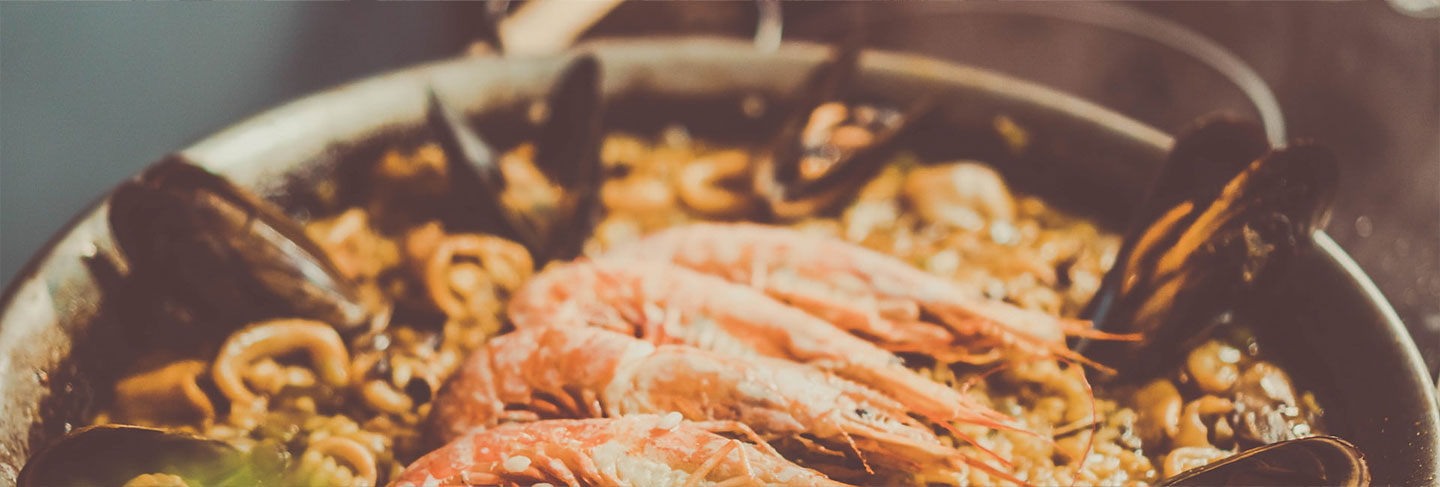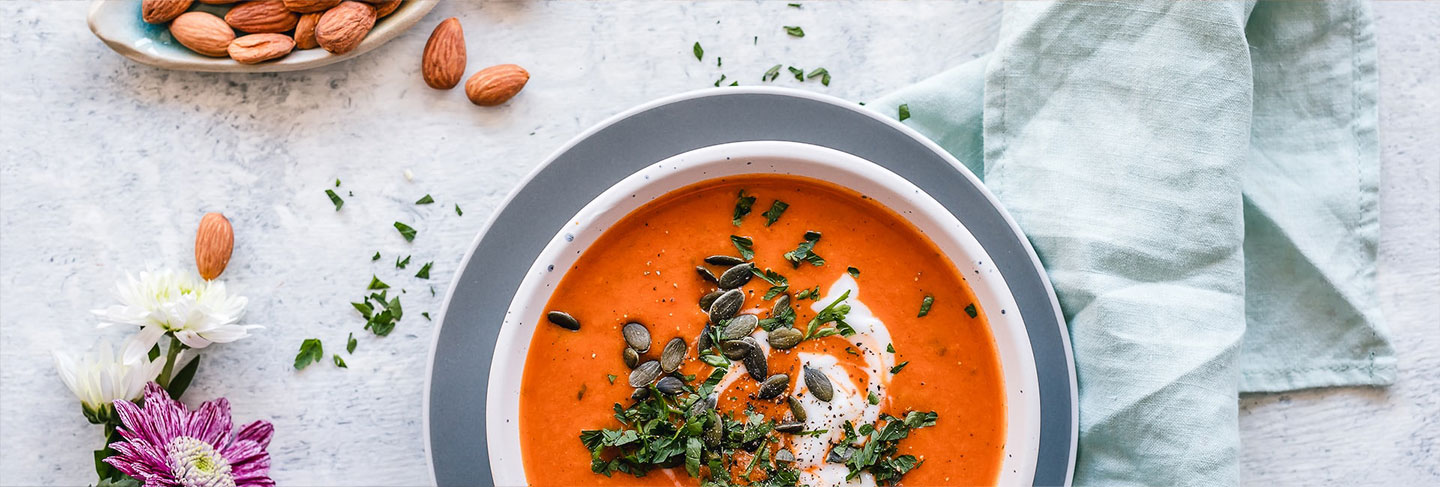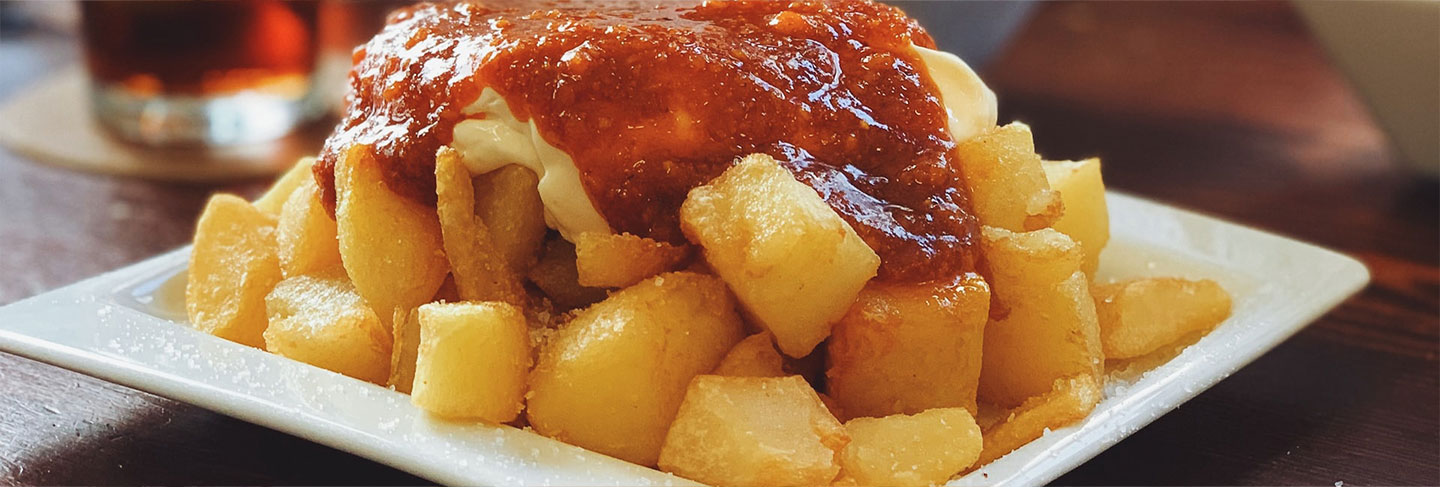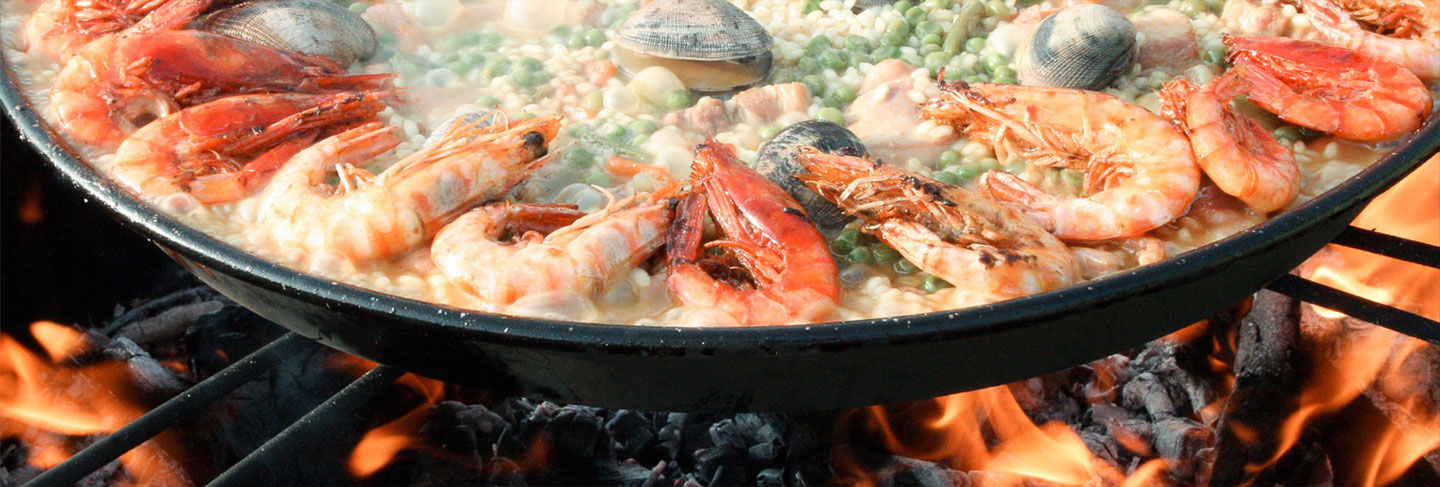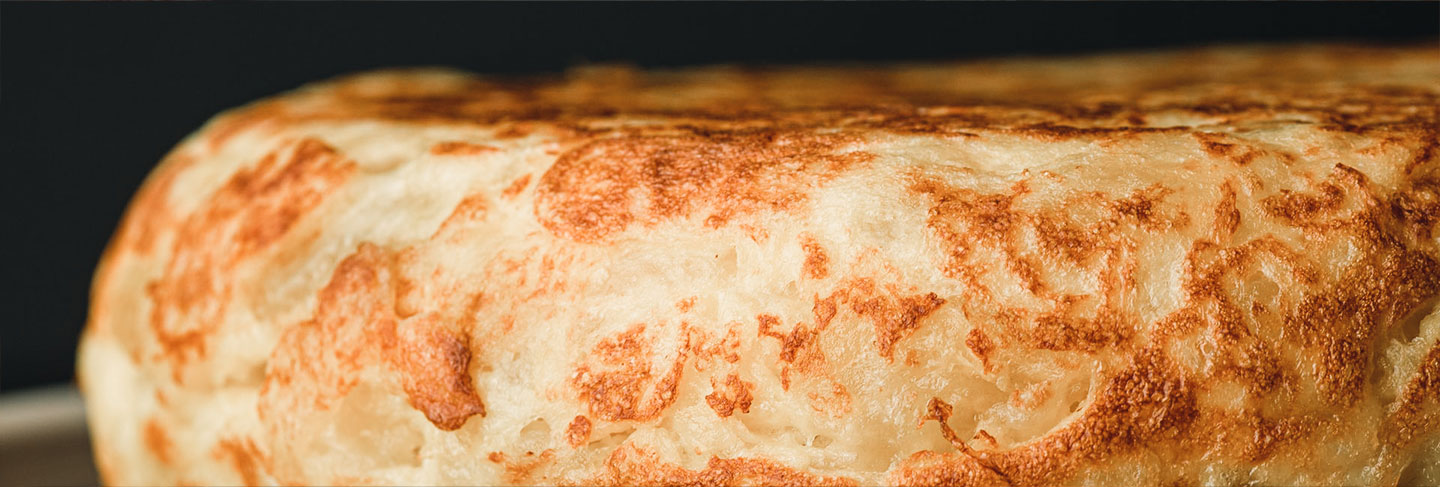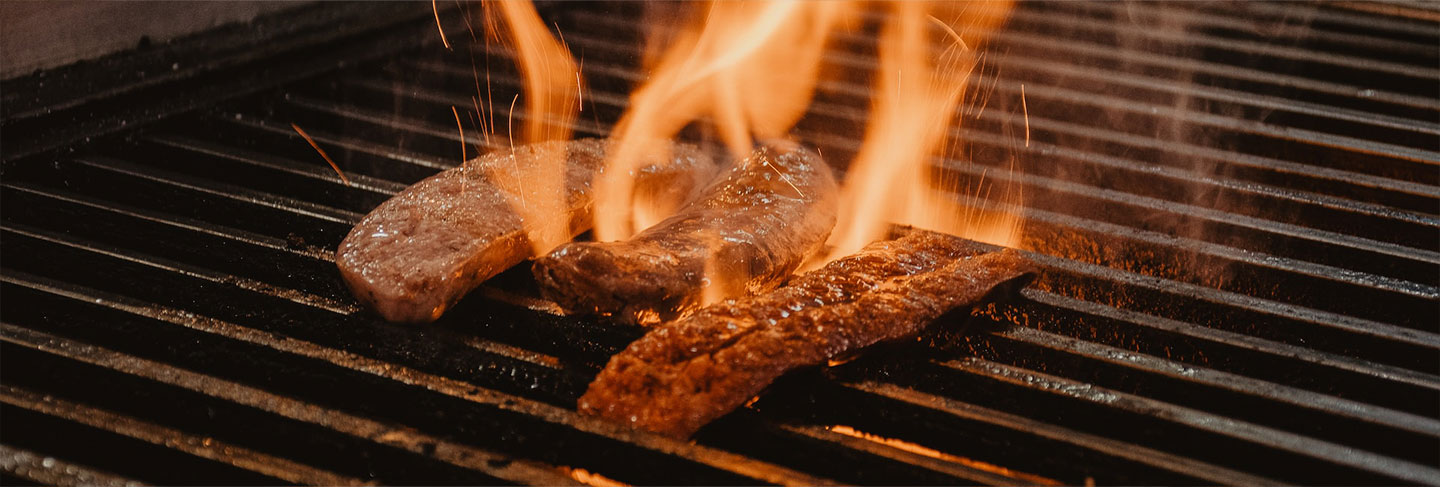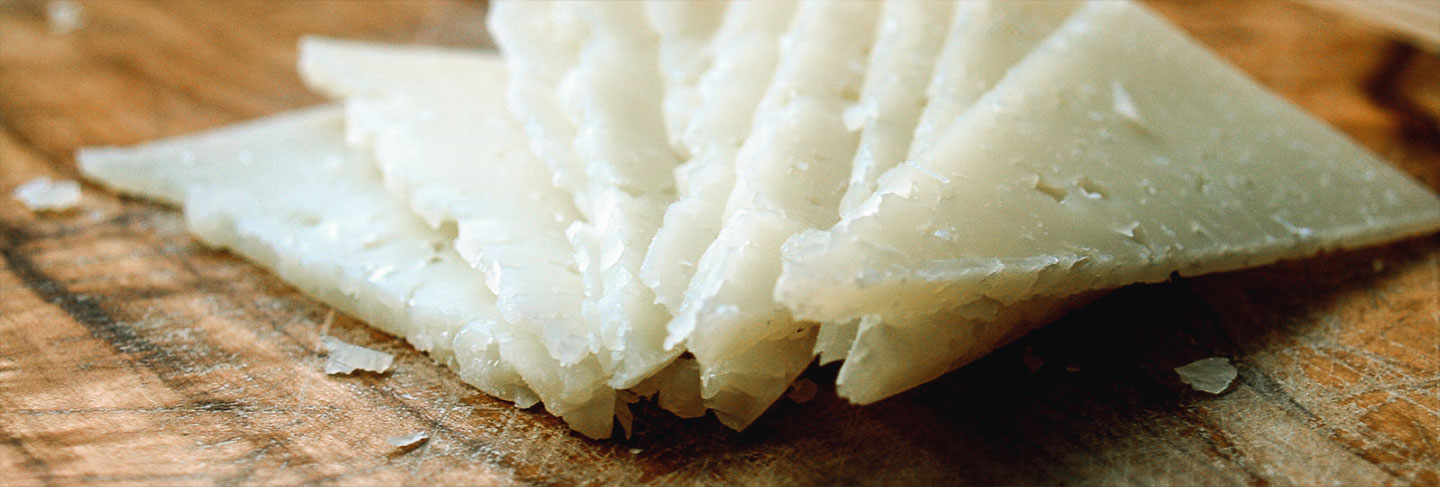Spain enjoys one of the healthiest, most highly regarded and fascinating cuisines anywhere in Europe. Its restaurant scene is outstanding, boasting 228 Michelin-starred restaurants, 11 of which have been awarded 3 stars. But it’s not just in fine dining where Spanish food excels. The common everyday fare of its diverse regions is equally delicious, with a number of delicacies, tapas and dishes that have become household names: from gazpacho to paella, calamares to jamón ibérico, this culinary heavyweight is a foodie’s dream.
Here Villanovo takes you through some of the culinary features and signature dishes of Spain.
Although each region has its own cultural influences, local produce and culinary traditions, there are a few key ingredients that crop up in most regions.
Central among them is olive oil. Spain is the world’s largest producer of olive oil, 80% of which comes from the endless olive groves of Andalusia – in fact, just the province of Jaen alone produces more olive oil than Italy, the next country on the list. Therefore, it is no surprise to find olive oil infusing most Spanish dishes.
Spanish food doesn’t tend to be particularly spicey – that’s not to say it lacks spices. Most common among them is perhaps pimentón, a type of paprika, which adds an earthy tone to many of their spicey sausages and bean dishes. Meanwhile its arroces, notably paella, benefit from the delicate (and expensive) flavours of saffron. Cumin and cinnamon are often used in Andalusia, while parsley, basil and other typically Italian or French herbs are commonplace along the Mediterranean coast.
Then, of course, there are the ingredients we have come to expect from Mediterranean cuisine; in particular, nuts, legumes (especially further north), garlic, tomatoes, and nuts (notably almonds).
Meanwhile, Spanish charcuterie is famous the world over, with its variations on chorizo and jamón (ham) reigning supreme.
With the mercury regularly rising to above 40 degrees in Andalusia during the summer months, the need to cool down and take on some liquids is huge. Thankfully, there are a selection of delicious cold soups to choose from. The classic, gazpacho, is made from tomatoes, cucumber, onion and green peppers, along with a little olive oil and sherry vinegar. Meanwhile, it’s creamier, Cordobes cousin, Salmorejo, sees the substitution of cucumber and pepper for breadcrumbs, which leads to a thicker, heavier soup, usually served with a sprinkling of boiled egg and/or jamon ibérico on top.
Those looking to try something a little different might opt for a gazpacho made using mango or watermelon, for added freshness, while the more adventurous among you might wish to try Ajoblanco – a white gazpacho, made using ground almonds and garlic. Interestingly, it is opined that this is ‘the original gazpacho’, before the introduction of tomatoes from the Americas.
The obvious kids’ option at any tapas bar, but that’s no reason why adults should resist this guilty pleasure. These olive-oil fried potato cubes are salted and usually served with salsa bravas (bravas sauce) – a slightly spicey pink sauce, somewhere between ketchup and mayonnaise but with added garlic and pimentón.
Arroces (or what we might call paella) are regulars on any Spanish menu worth its salt, but the true paella comes from Valencia – where it is elaborated using chicken and rabbit and – dramatic pause - contains no seafood!
For those of you who simply will not accept a ‘paella’ without seafood you are in luck, as Spain has a huge variety of arroces containing everything from muscles and squid to prawns and lobster and even snails. A culinary experience awaits!
It’s simple, it’s delicious, it’s absolutely everywhere. This thick potato omelette can be found in cafes, bodegas and restaurants the country over. The only question remains: with or without onions? So heated is the debate among the Spanish as to whether onions (cebollas) should be added that the two sides have come to define themselves as cebollistas and no cebollistas.
Not just a dish, but a whole culinary event. This Catalan favourite, a thin, foot-long allium somewhere between a leek and a spring onion, comes into season just as Winter turns to Spring, and is best enjoyed among huge groups of friends who come together for a calcotada, or calcot feast. Here bunches of calcots bound together in newspaper are thrown onto a barbecue, where they stay until their outer layers have charred black. Each eater then uses their thumb and forefinger to pinch and remove them from their outer skins revealing a lightly caramelised inner calcot, which is then dipped in delicious romesco sauce before being held high above their heads and lowered into their mouths, for a tasty, messy treat. Tip: never where a white shirt to a calcotada!
These small mouthfuls of joy are made by frying a thick breadcrumb-coated bechamel containing a defining ingredient – often ham, chicken, mushrooms or fish stock, but gourmet varieties are available to those who know where to go…
Spanish cuisine boasts a huge number of seafood dishes, from gambas al ajillo (garlic prawns) to boquerones (anchovies in oil and vinegar) and calamares (battered squid rings), but the must-try among them is undoubtedly pulpo a la gallega, octopus Galician-style. This delicacy, originally from the northwest region, but found throughout Spain, is made by boiling octopus in a copper cauldron, before slicing the tentacle into thick discs that are dressed in pimentón, oil and salt, before serving with bread and a nice glass of red wine. Often the most expensive tapa on the menu – but well worth it.
Breathtakingly simple and mouth-wateringly good. This simple starter or accompaniment comprises rustic bread rubbed with garlic and tomato and drizzled in olive oil and a sprinkling of salt. Often served with tortilla on top or simply on its own, the quality of the natural ingredients ensures that this Catalan treat hits the right spot.
Spain is famed for its spicey sausages and none are more famous than chorizo. This red, smoky cured sausage, flavoured with garlic and pimentón, can be found throughout the country often served in other dishes, such as Asturian bean stew fabada, or served as part of a pica-pica snack. The Catalan variation, fuet, does not include paprika and enjoys a milder, but no less delicious flavour, while longaniza replaces the paprika with other spices, such as nutmeg.
Jamon iberico, the jewel in the crown of Spanish cuisine, is famed the world over, for its marbled combination of rich, dark meat and creamy, white fat, and its exquisite flavour, fruit of the rearing of a special breed of acorn-fed Iberian pig, the meat from which is then cured for months (or longer!) to enhance its flavour. The Jamon de Jabugo (DOP) from Huelva represents the very finest available, something which is reflected in its price tag, with each leg costing a staggering 4000 euros!
Another popular export, the nutty sheep’s milk flavours of Spain’s Manchego cheese is a favourite on cheese boards both in and outside of the country. However, it is merely the tip of the iceberg when it comes to Spain’s excellent selection of cheeses. Mahon cheese from Menorca is another favourite, while the northern regions of Asturias, Navarra and Galicia, respectively, are famous for their Cabrales (blue), Roncal (sharp) and Tetilla (creamy) cheeses. However, throughout the country, and on the islands too, the selection of mouth-watering cheeses on offer are among the finest in the world.
